Message from the
Head of the Junior School
Mrs Denise Hayward
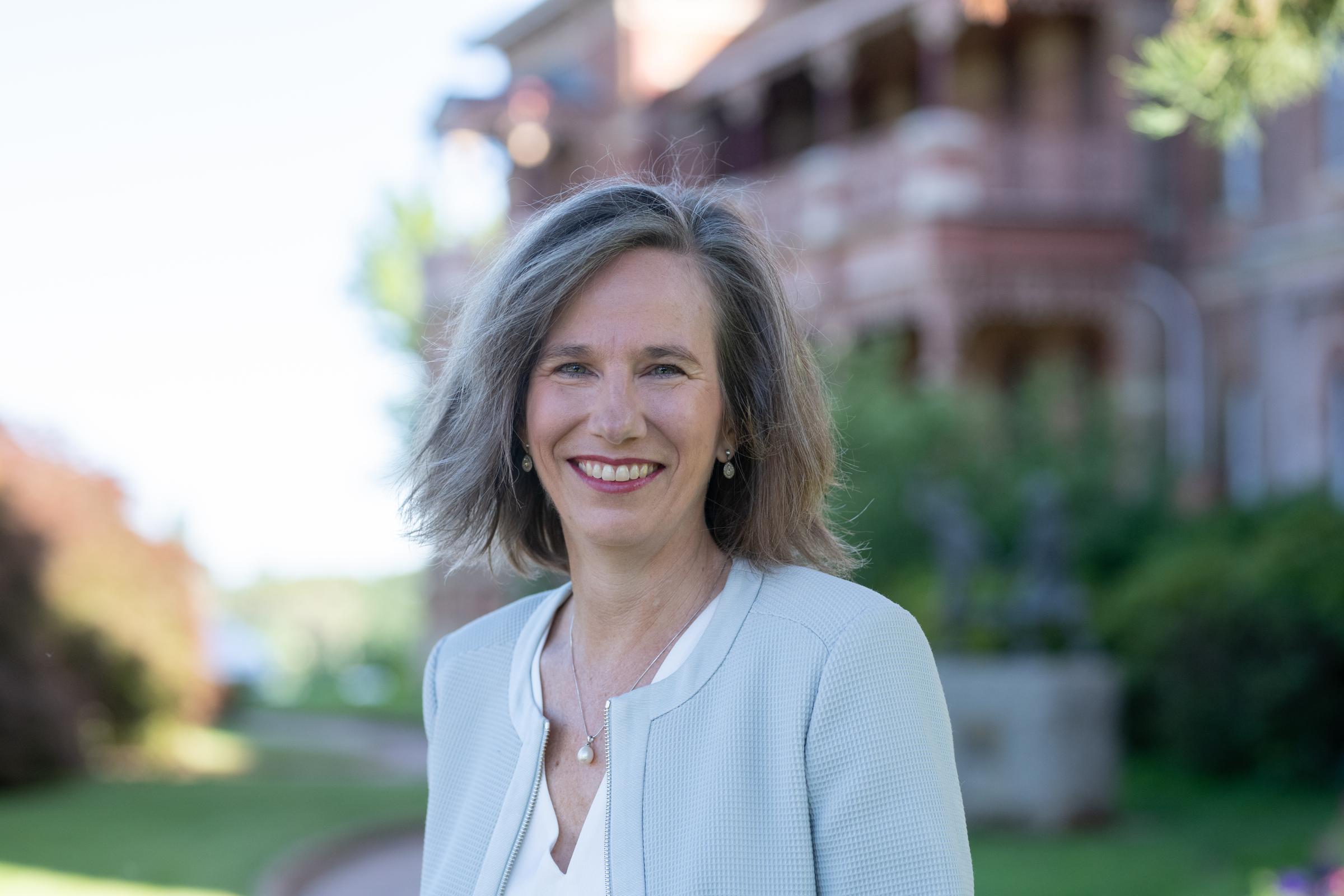
Message from the
Head of the Junior School
Mrs Denise Hayward
Each week on the remote learning timetable you will have seen 2 lessons entitled Design and Technology and Passion Project. These may look like an add on to the remote learning offering, when in reality this is where learning should be celebrated. It is during these times our children share who they are. It is where they can find the joy in learning, an environment to discover who they are and unlock the passions they hold dear and guide their journey of self-discovery while developing learning and fundamental life skills of research, thinking, communication and self-management.
Devoting a portion of work time to exploring passions is not a new concept. Almost 70 years ago, 3M encouraged their employees to devote 15% of their work time to research and create innovative projects that captured their interests and passions. Google did something similar when they encouraged their engineers to take 20% of their time to work on something company-related that interested them personally. Both companies valued a spirit of innovation and productivity; allowing employees to be creative resulted in the creation of such products as post-it notes.
This concept of intentional time spent on projects of interest is foundational to the Genius Hour movement in education, where students spend one hour a week researching their passions and sharing their insights. Finding an hour during a “normal” school week can sometimes seem like an impossible task in the face of packed curriculum and scheduling constraints. This is one of the silver linings of remote learning, there is time and a wealth of resources and options available.
This term the Junior School implemented a range of lunchtime cocurricular groups. Passion projects takes this idea to the next level and personalises it to every individual student. A project may run for the entire time of remote learning or students might find a new project to work on each week. Or, like me you may have several projects on the go and devote time to each of them as the mood strikes. The power of this time is in the doing and the personal satisfaction it provides. It is not about a mark or comparison with the person next to you, it is about the discoveries you make and what you learn about yourself along the way.
A passion project might be researching something you are interested in or learning something new, a musical instrument, painting or sewing. Developing athletic skills in throwing, striking, or just getting into the pool or running track for the sheer joy it provides as you stretch those muscles. A passion is something that captures your attention, puts a smile on your face. It doesn’t have to change the world, just your world.
Learning tends to become easier when we actually want to do something we are interested in doing. In pursuing an interest or passion, rather than feeling like all learning is prescribed, it can often take on a different feel. Research supports this idea. In a 2013 MindShift article, acclaimed author and science journalist Annie Paul Murphy writes about the “Science of Interest.” She writes,
“[Researchers] are finding that interest can help us think more clearly, understand more deeply, and remember more accurately.”
Passion Projects have the potential to capture student interest and thereby harness the positive powers of genuine interest.
The goal of school is transfer. Think of the potential for transfer if students are afforded the opportunity to transfer what they have learned in school into a project for which they hold genuine interest and/or passion. Students will likely seek, find, read, and view multiple “texts”; they might take notes; they might write about their reading; they might talk with others; they might think in new ways; and in all of these manners, they will be independently transferring all the skills they have honed over the years as they work on their Passion Projects.
The Design and Technology periods are equalling significant in developing student understanding through the development of spatial and mathematical skills. Spatial ability is the capacity to think about objects in three dimensions. People with good spatial ability can draw conclusions about objects from limited information. For example, you may be good with tangram puzzles or be able to describe how a 3D object will look form a different viewpoint. When knitting, building Lego, sewing, constructing, designing a garden these are all complex spatial tasks.
For me personally activities that require the use of spatial skills are a form of relaxation, a different way of thinking as I consider the open-endedness and many possibilities available. It is not uncommon to see around the house buildings being constructed out of paper, period costumes being designed for barbie dolls or my personal favourite Lego, which captivates me through its complexity and creativity. Many hours are spent not only building creations but combining them into detailed cityscapes that tell a story.
In my office I have a box of Lego for a group of students to visit and create during break times. Lego for some is a way of expressing their emotions as shared through this creation.
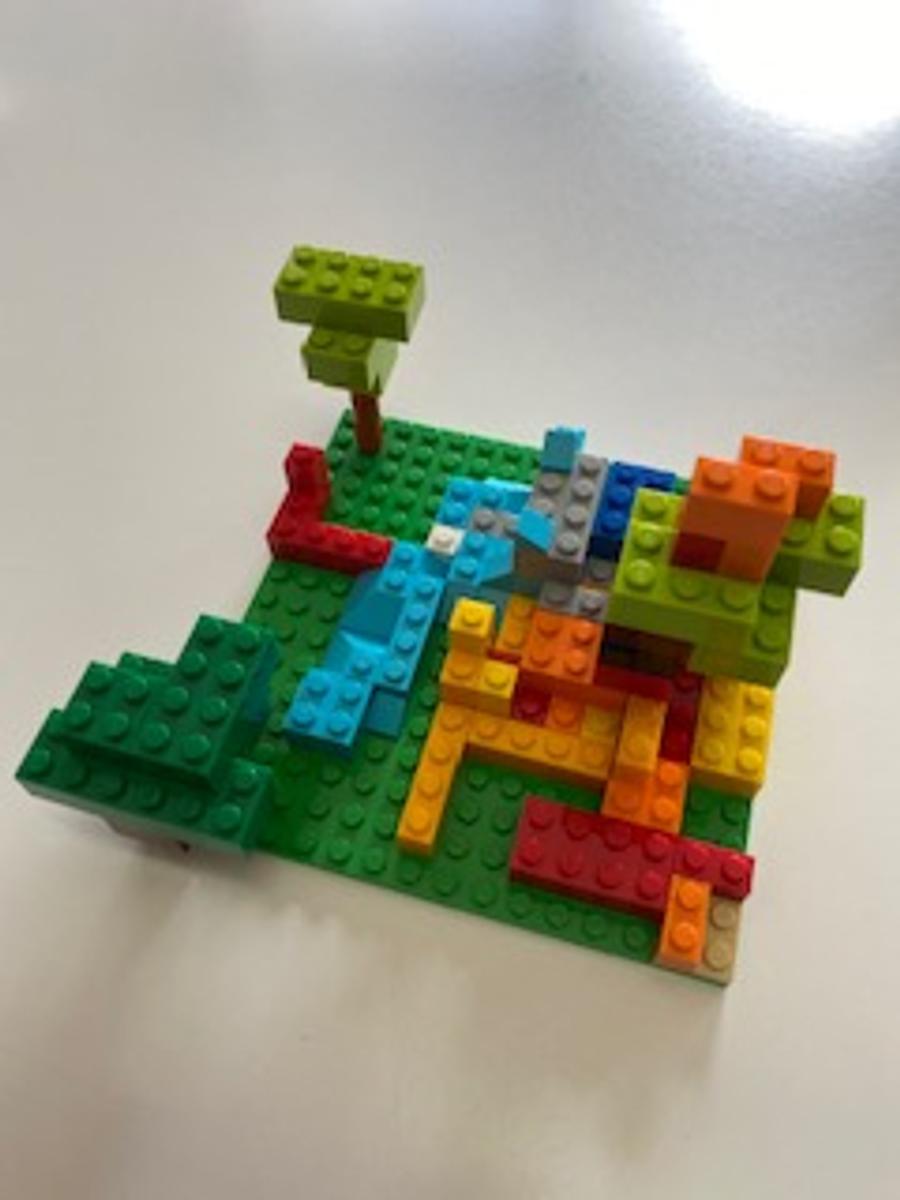

I built this model when I felt angry, sad and lots of other feelings. This build has a connection with my feelings. The fire gets put out by the water like my anger was put out by calmness.
As we continue to learn remotely welcome the opportunity this provides for students to engage in “real life” opportunities to consolidate their understanding of concepts learnt in the classroom through hands on, practical experiences. It is in doing this we are ‘Future Proofing” our students by teaching transferable skills they will put into practice outside of School. Our children need to be able to adapt to change, have an entrepreneurial spirit and be excellent communicators if they are to succeed in an ever changing and developing workforce. Spending time on passion projects or designing provide opportunities for our children to grow and flourish and discover their abilities and passions in life, to be the best they can be.
Images of Remote Learning
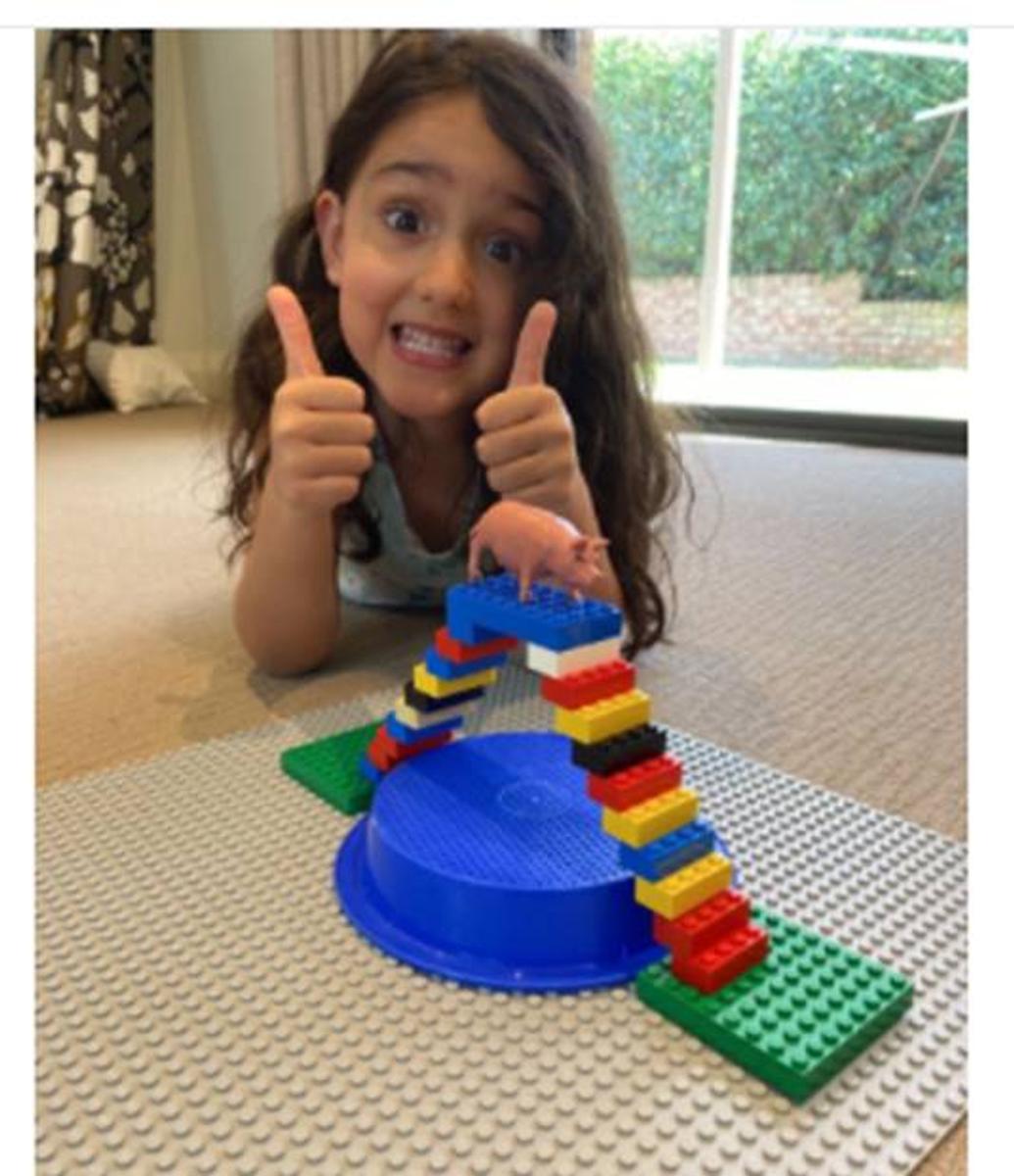
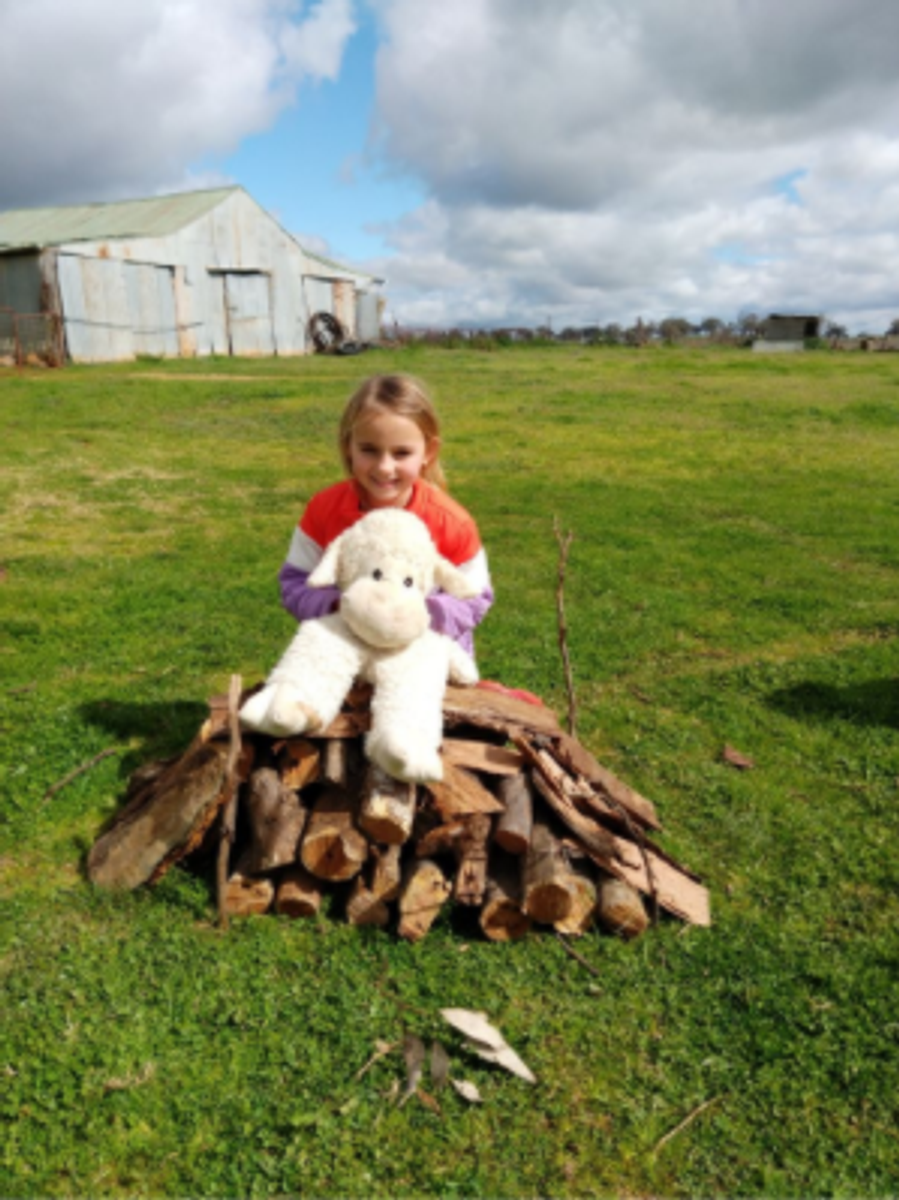
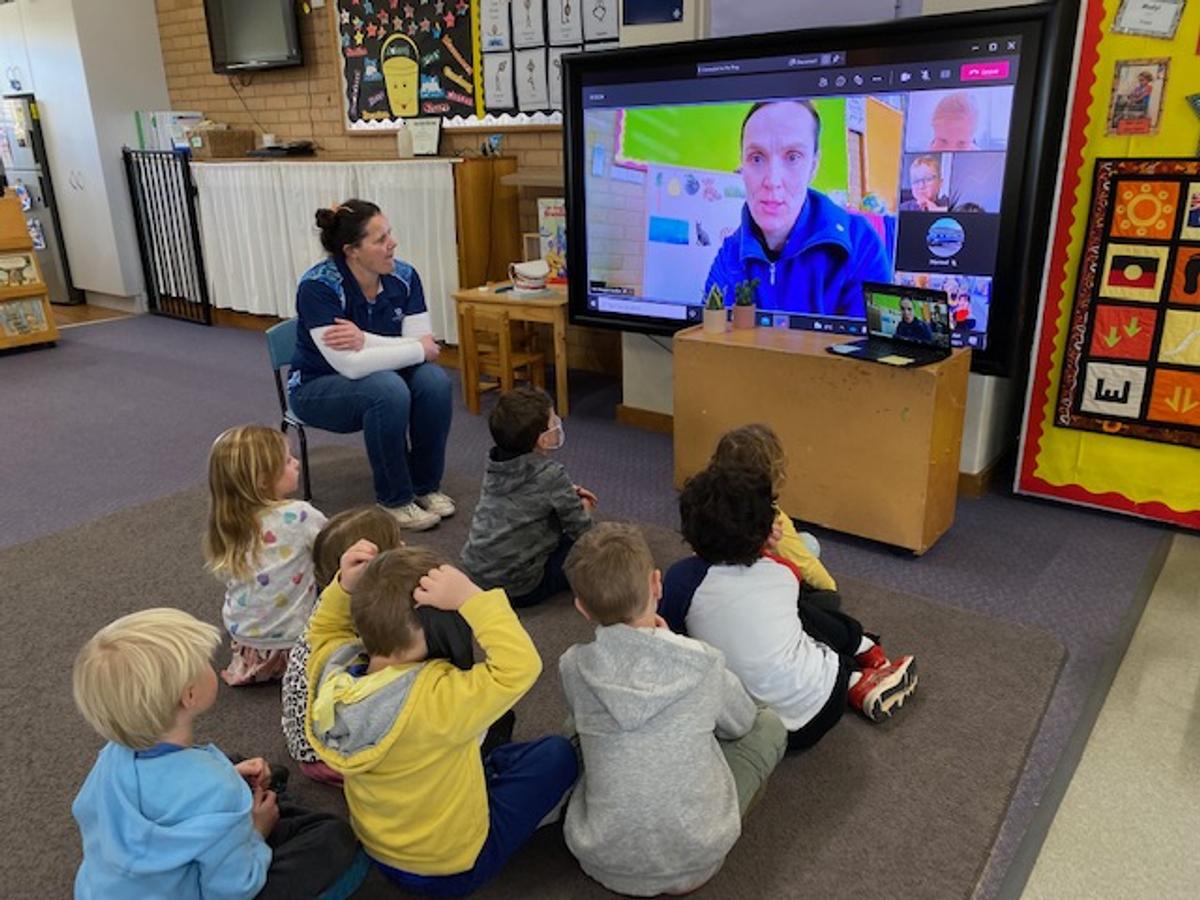



Our Pre K students, connecting learning from home and school & Kindergarten build a bridge challenge

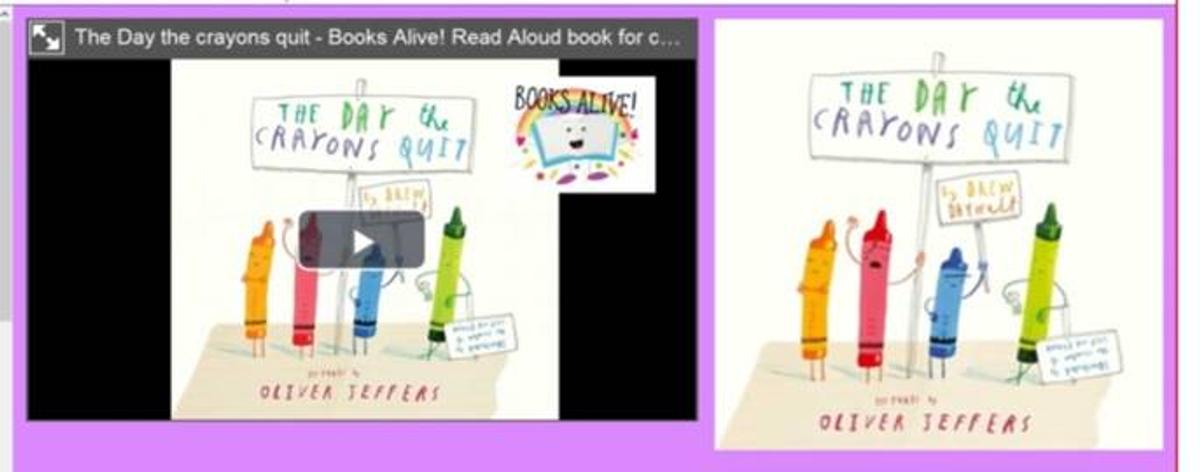


Year One – The Day the Crayons Quit and we celebrated our classmates birthday


Celebrating Wear it Purple Day in Year 3
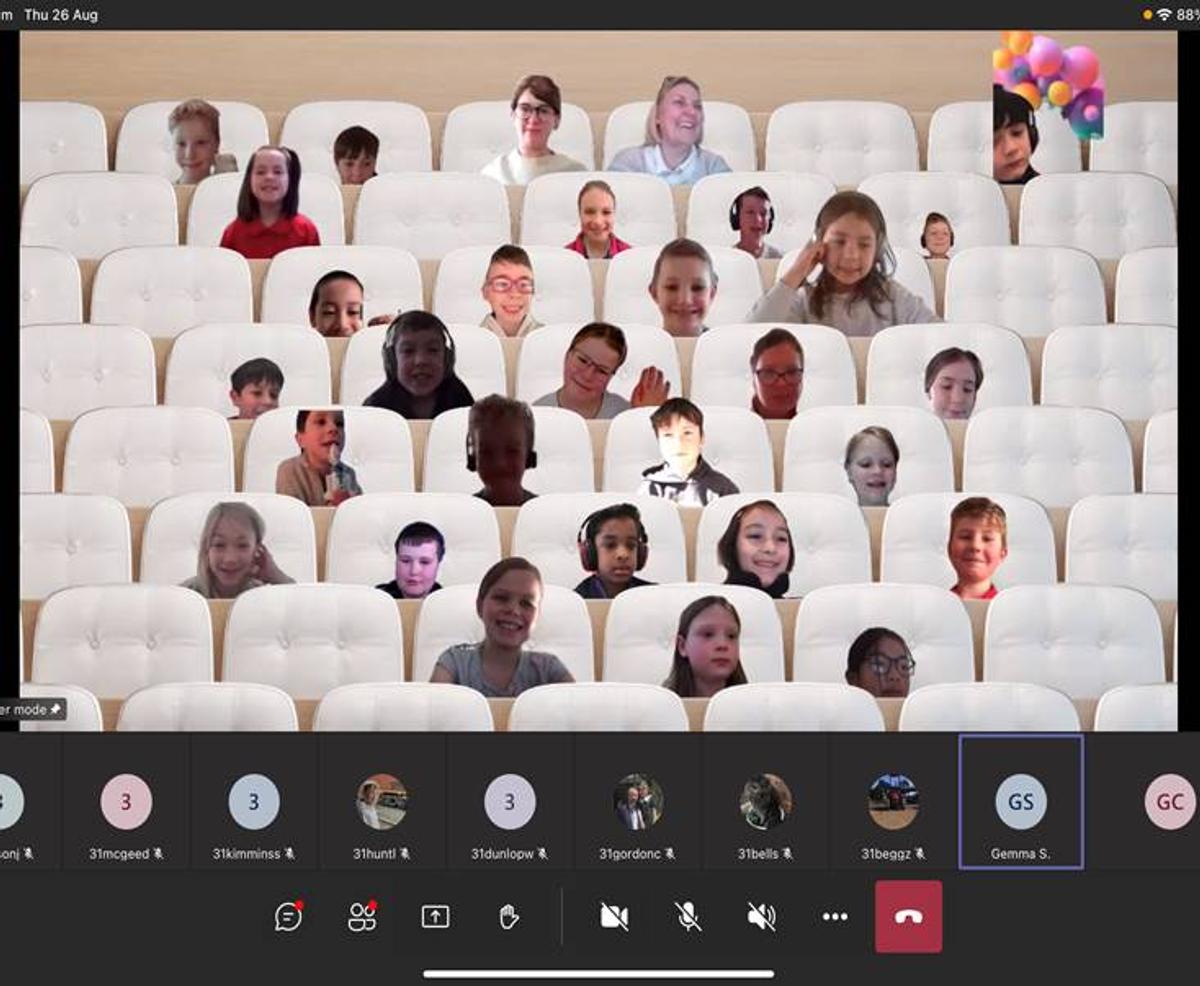
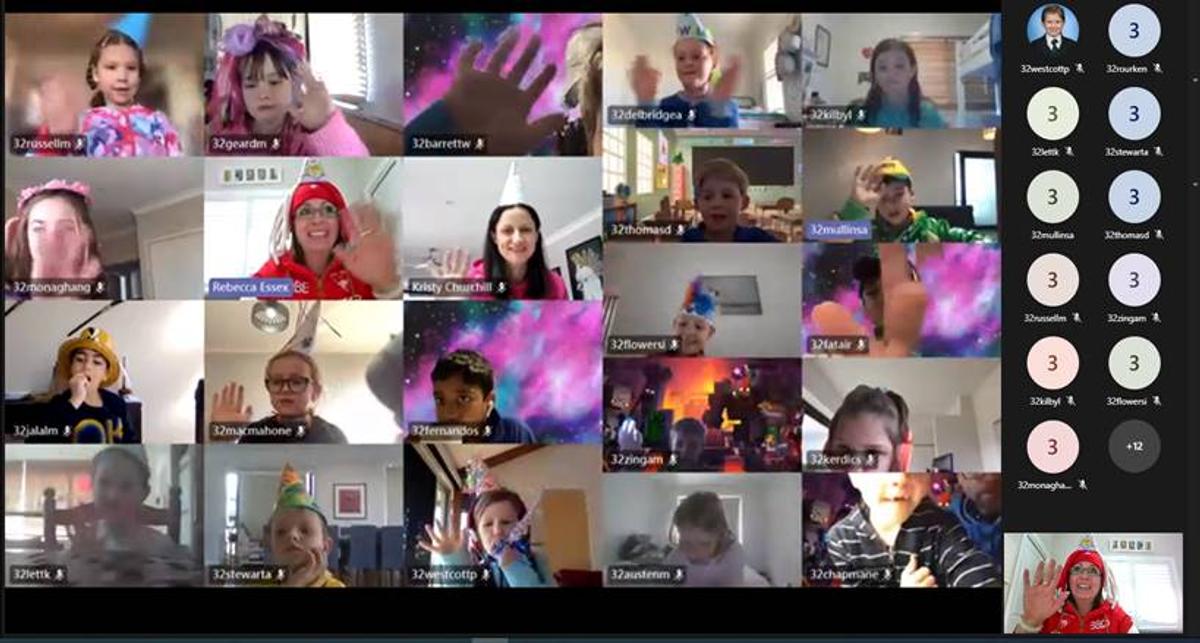


Is everyone here! Morning roll call and a time to say hello to everyone in Year 2.
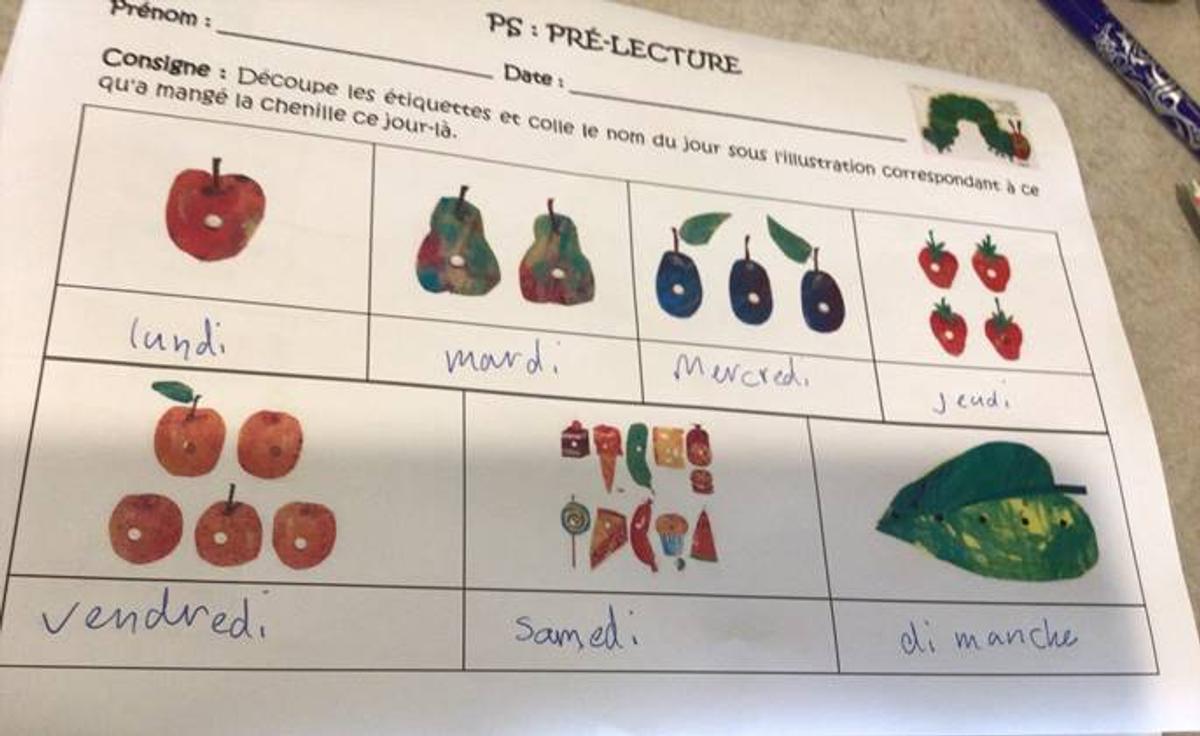
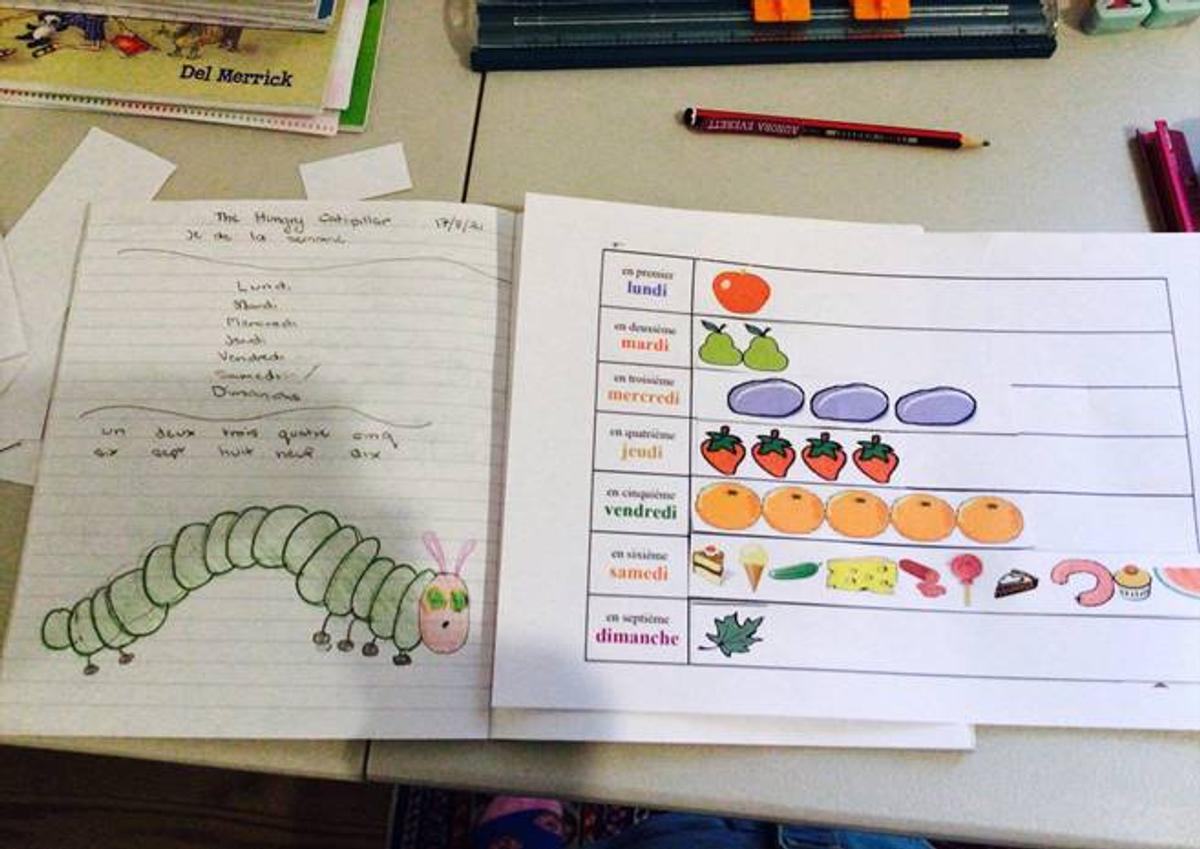


Year 5 French – The Very Hungry Caterpillar
The Hungry Caterpillar is called in French the La Chenille qui fait des trous - the Caterpillar that makes holes! 😆
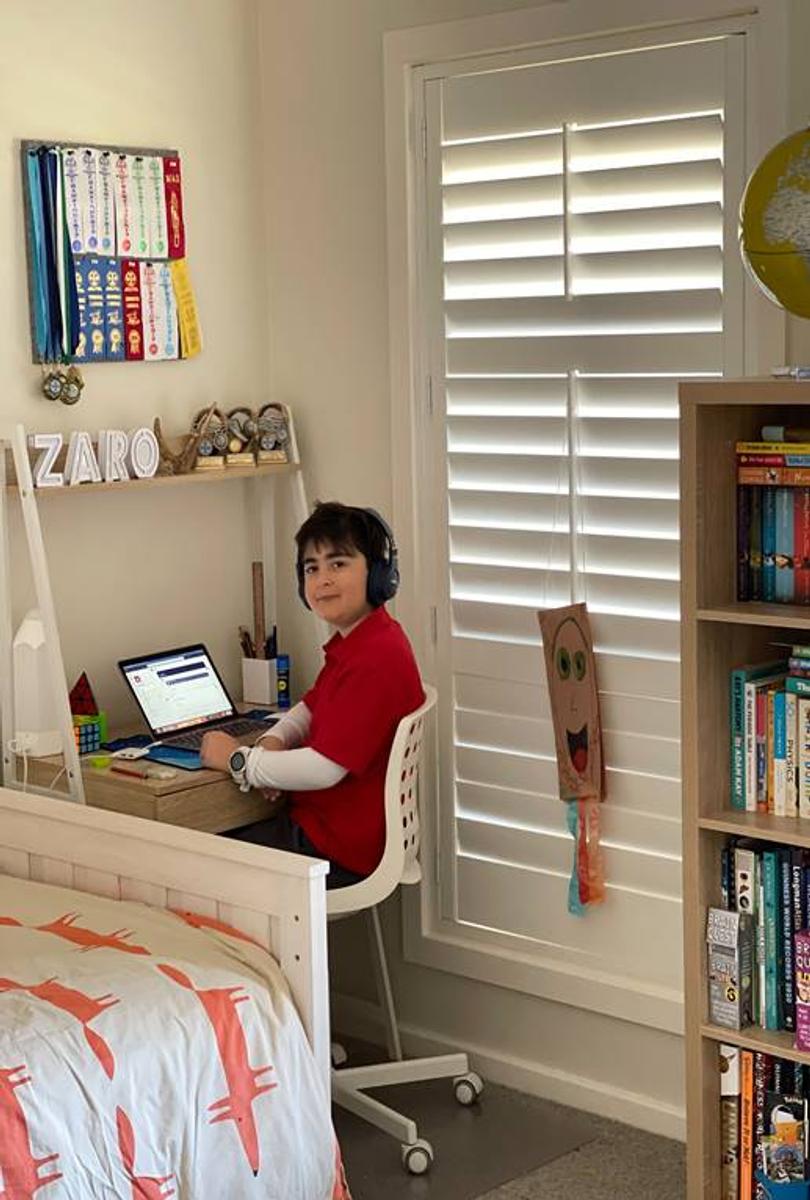
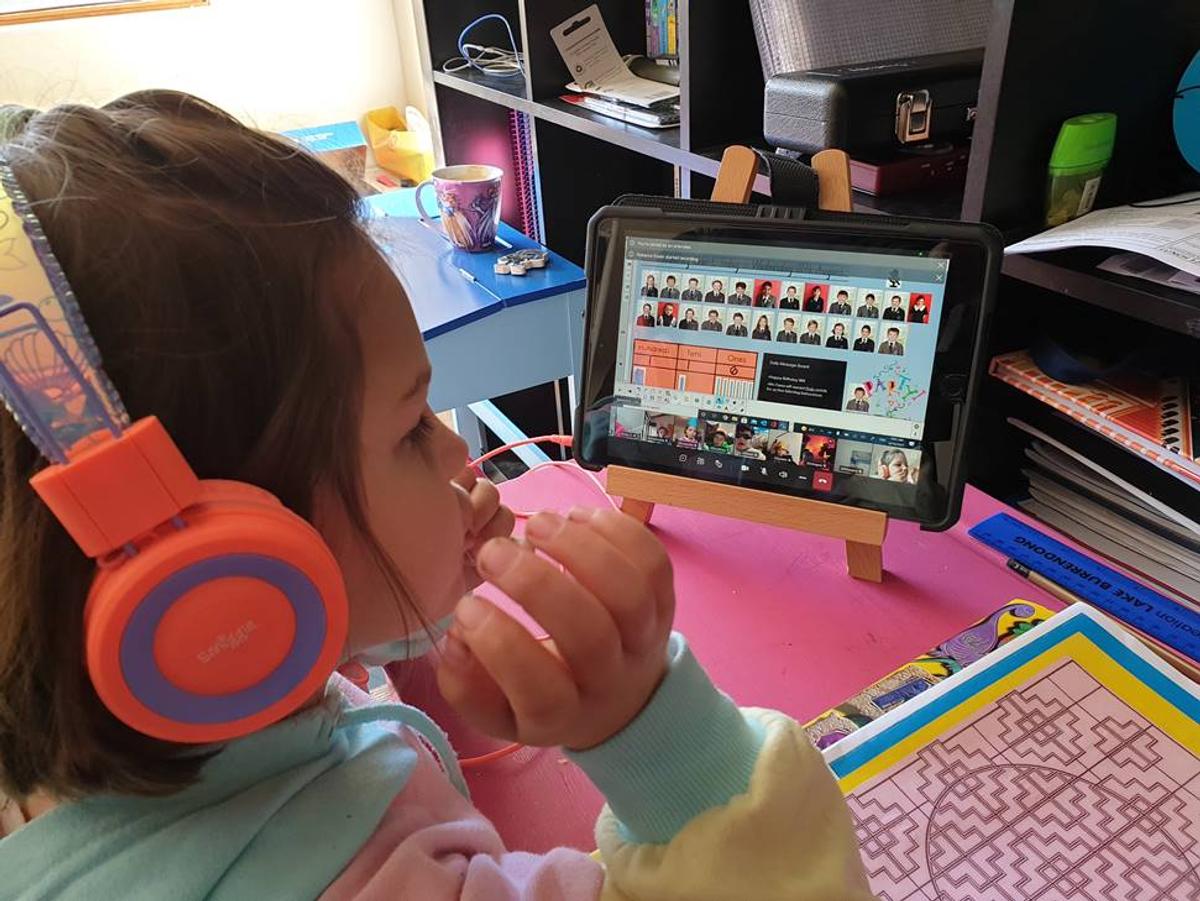
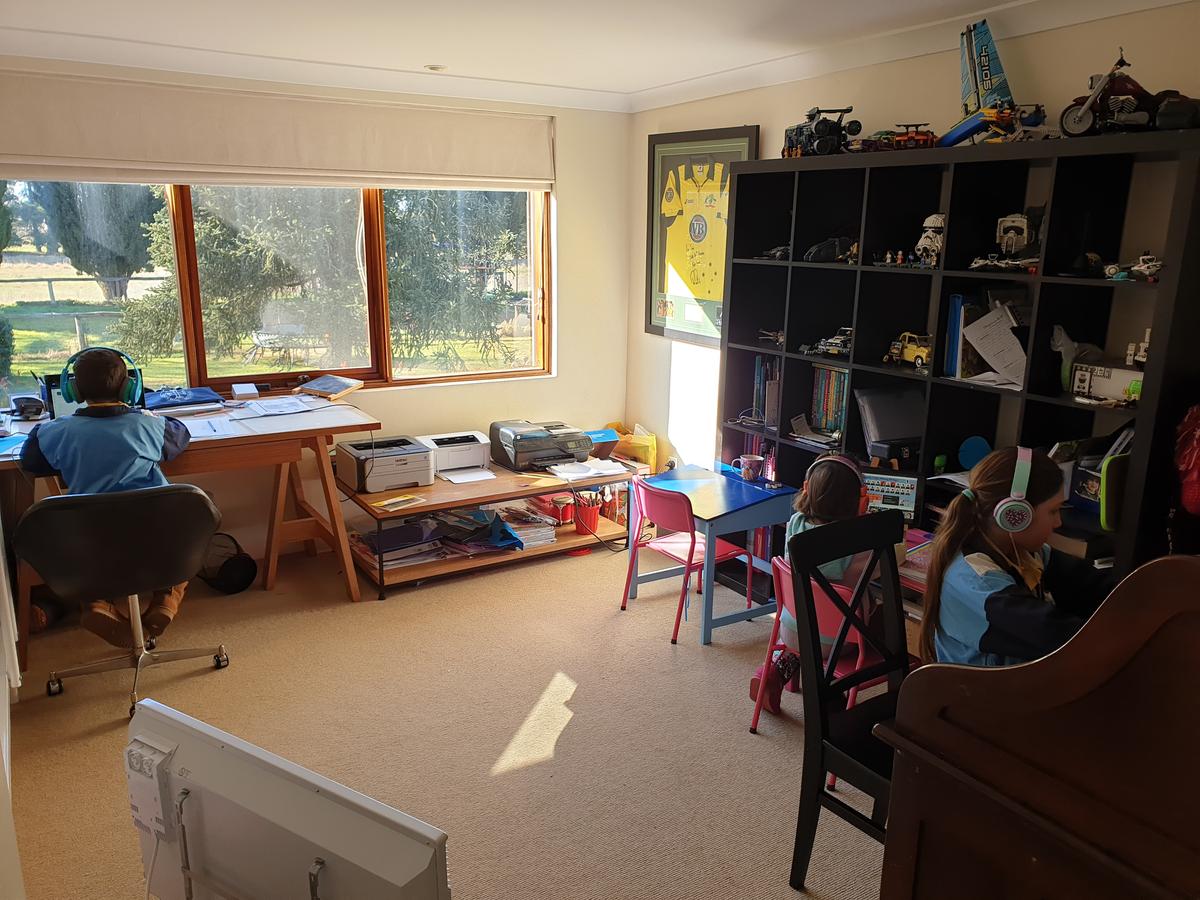
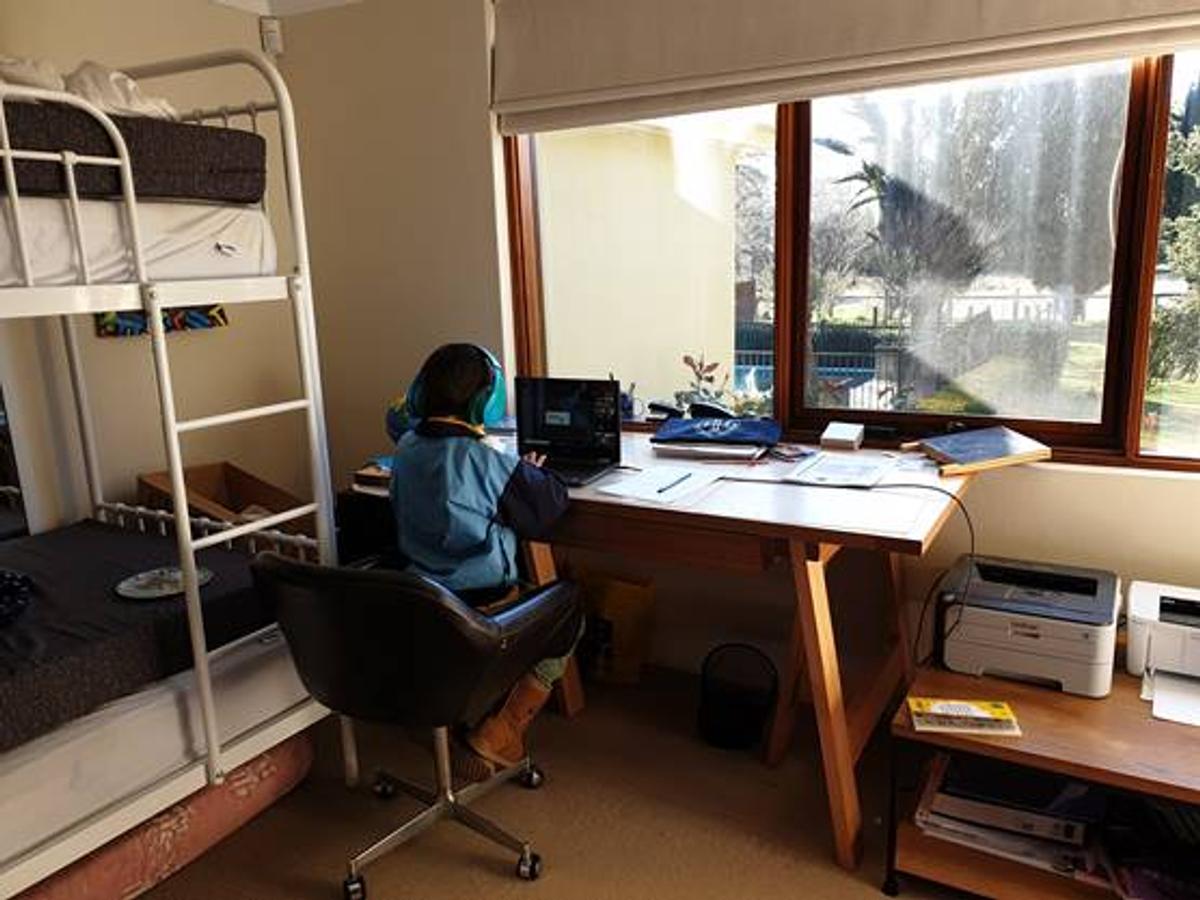
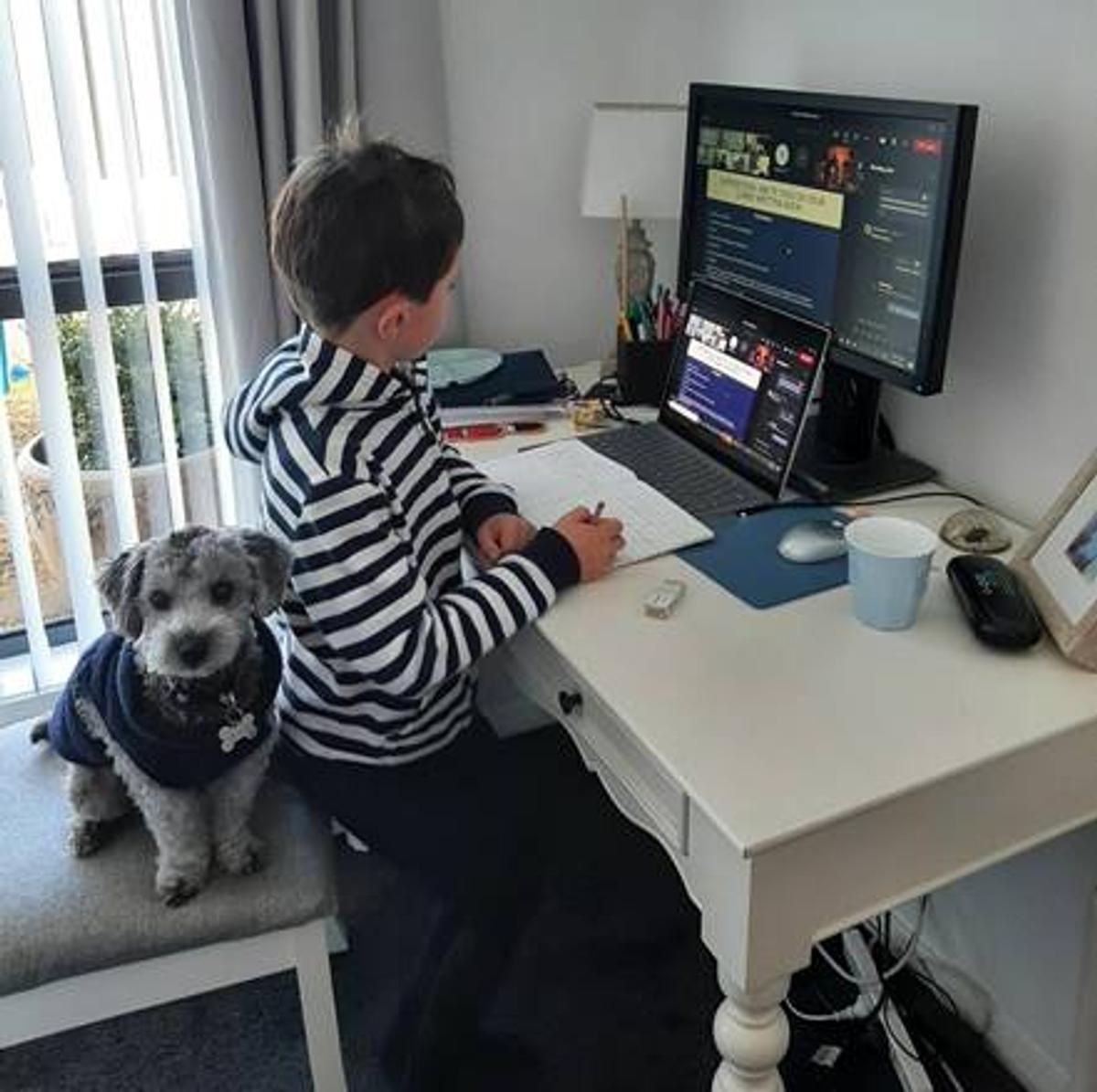
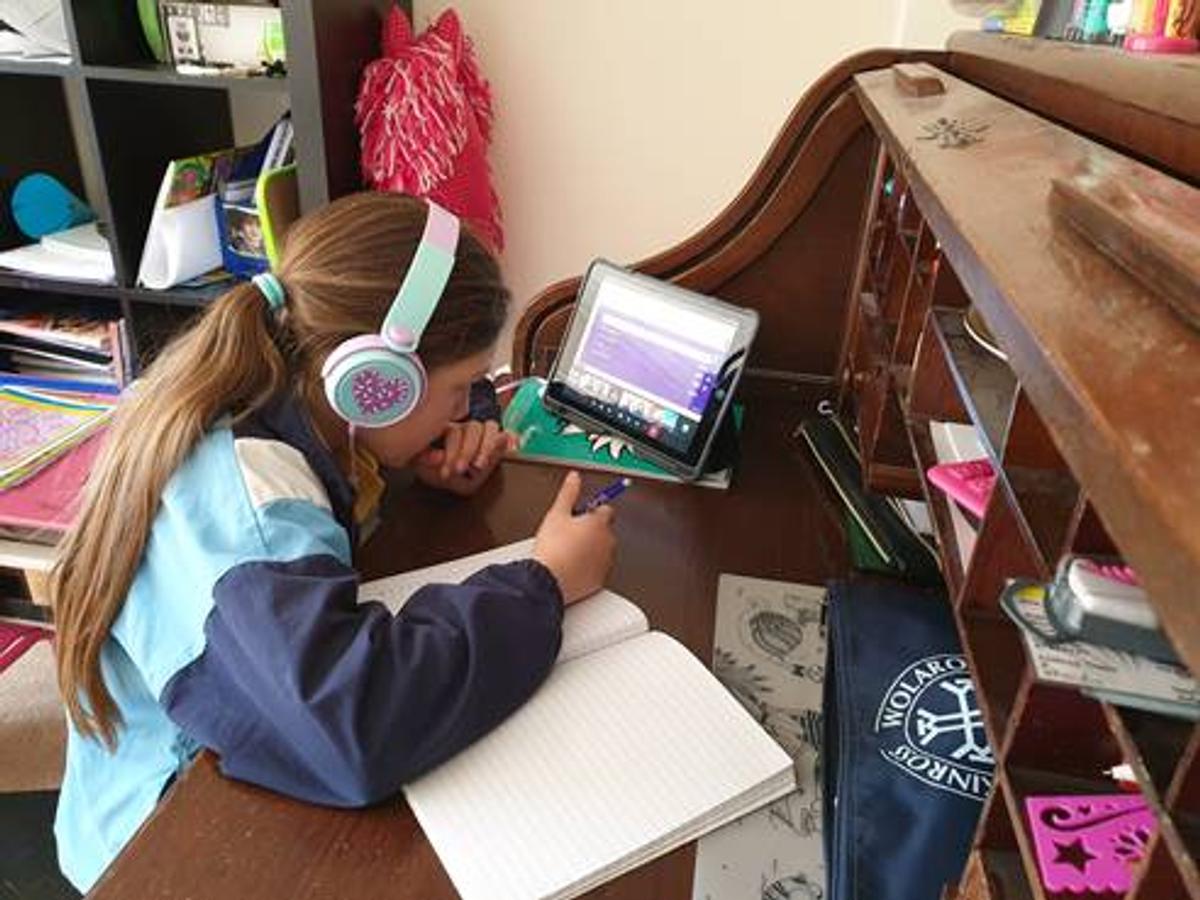






Learning from home – my personal workstation